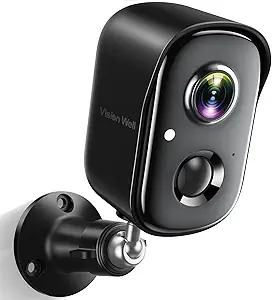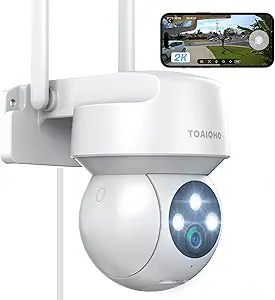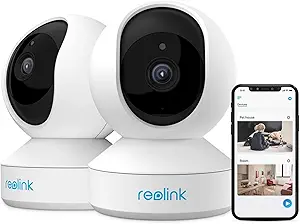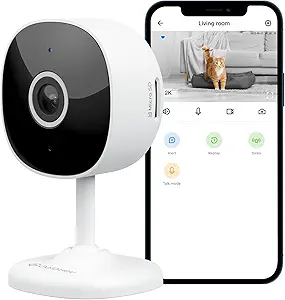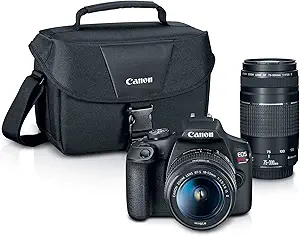The Ultimate Buying Guide for Cameras for Home Security
Overview
Home security is a top priority for homeowners, and cameras are an essential part of any security system. With so many options available in the market, it can be overwhelming to choose the right camera for your home security needs. This buying guide will help you understand the types of cameras available, key considerations to keep in mind, features to look for, prices, tips, and frequently asked questions.
Types
1. Indoor cameras: These cameras are designed to be used inside the home and can be placed on a table or mounted on a wall. They are ideal for monitoring pets, children, or elderly family members.
2. Outdoor cameras: These cameras are weatherproof and can withstand extreme temperatures. They are ideal for monitoring the exterior of your home, including your yard, driveway, and front door.
3. Wireless cameras: These cameras connect to your home Wi-Fi network and can be accessed remotely through a smartphone app. They are easy to install and offer flexibility in terms of placement.
4. Wired cameras: These cameras require a physical connection to a power source and a DVR or NVR for recording. They are more reliable than wireless cameras and offer higher resolution.
Key Considerations
1. Resolution: Look for cameras with at least 1080p resolution for clear and sharp images.
2. Field of view: The wider the field of view, the more area the camera can cover. Look for cameras with a field of view of at least 120 degrees.
3. Night vision: Look for cameras with infrared LEDs for clear night vision.
4. Storage: Decide whether you want local storage (on a DVR or NVR) or cloud storage (on a remote server).
5. Power source: Decide whether you want a wired or wireless camera based on your power source availability and placement flexibility.
Features
1. Motion detection: Cameras with motion detection can send alerts to your smartphone when they detect movement.
2. Two-way audio: Cameras with two-way audio allow you to communicate with people on the other end.
3. Facial recognition: Cameras with facial recognition can identify family members and send alerts when an unfamiliar face is detected.
4. Smart home integration: Cameras that integrate with smart home systems can be controlled through voice commands or automated routines.
Prices
The prices of cameras for home security vary depending on the type, features, and brand. You can find basic indoor cameras for as low as $20, while high-end outdoor cameras with advanced features can cost over $500.
Tips
1. Place cameras at entry points, such as doors and windows, to capture any potential intruders.
2. Use cameras with motion detection and alerts to stay informed of any activity in and around your home.
3. Consider a camera with two-way audio to communicate with delivery people or guests.
FAQs
Q: Do I need a professional to install my home security cameras?
A: It depends on the type of camera you choose. Wireless cameras are easy to install and can be done by anyone, while wired cameras may require professional installation.
Q: What is the difference between local and cloud storage?
A: Local storage means that the recordings are stored on a physical device, such as a DVR or NVR, while cloud storage means that the recordings are stored on a remote server accessed through the internet.
Q: Can I access my home security cameras remotely?
A: Yes, if you choose a camera with Wi-Fi connectivity, you can access it remotely through a smartphone app.


